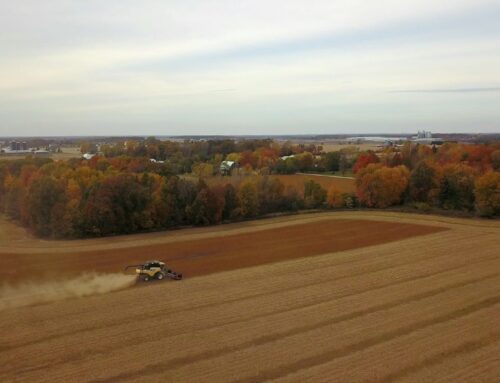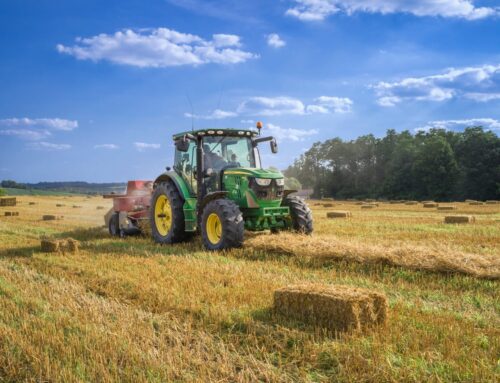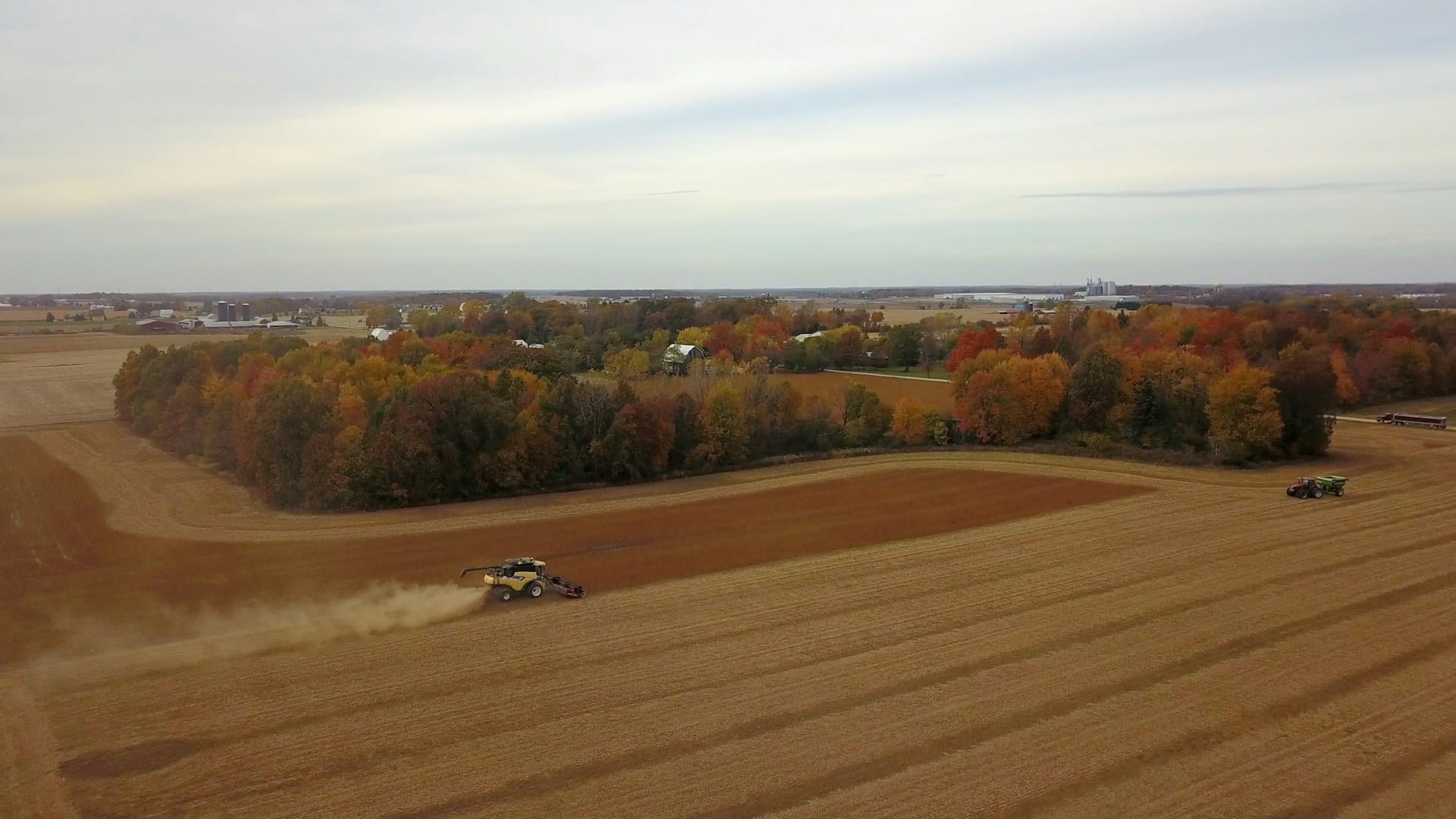After more than twelve hours of debate, the House Agriculture committee approved its $1.5 trillion(ish) farm bill. The “ish” is because unlike with previous farm bills, the committee approved the bill before the Congressional Budget Office (CBO) had produced a final cost estimate. That break with tradition (and common sense) combined with the acrimony it helped unleash, are the latest sign the traditional farm bill coalition is fractured. With only 4 of 25 committee Democrats supporting the bill, there is no plausible path to adoption. If Congress wants a new farm bill, they’re going to have do things differently.
As a quick reminder, the farm bill is a massive piece of legislation that touches on many areas. It is the primary tool for distributing income subsidies to farm businesses. It’s also the nation’s largest investment in on-farm conservation, rural housing, rural broadband, contains a title on (supposedly renewable) energy, forestry, and foreign trade. And though it’s called a farm bill, currently around 80 percent of the spending actually goes to nutrition programs, and most of that to the Supplemental Nutrition Assistance Program (SNAP), which used to be known as food stamps.
The farm bill is also historically a bipartisan bill in both good ways and bad. It’s the prime example of a strange bedfellows coalition. With the numbers, and power, of farm-state lawmakers dwindling due to urbanization, in the 1970s the agriculture committees started including food stamps in the farm bill authorization. Moving forward the fate of both would be tied together. Ever since. Ag and urban lawmakers have banded together every five or six years to pass another farm bill. At times circling the wagons to maintain increases and oppose major reforms to either the farm or food assistance portions of the farm bill. They’ve even tried to expand their ranks such as adding a Conservation title in 1985 in hopes of bringing environmentally-minded groups into the farm bill fold.
For the most part it’s worked, almost too well. Over the decades farm bills have grown in size and scope. Their actual costs also greatly exceed their initial projections. This is the case for the most recent bill adopted in 2018. A global pandemic threw a wrench into the works resulting in both farm and nutrition programs initially increasing in costs. The farm sector recovered fairly quickly, including experiencing record level of profits in 2022. Those profits resulted in lower than originally anticipated program payments. Nutrition spending, while declining from its pandemic heights, has remained above projections from 2018.
But the House Republican-authored farm bill shows this coalition is frayed and Washington needs a new path for a farm bill. The main issue is the old playbook of giving everybody what they want no longer works. In large part it’s just a matter of math. Even in a $1.5 trillion farm bill, the committee doesn’t have the resources to increase farm subsidies without taking money from nutrition, or conservation. So the bill unveiled by Republicans does both with a dose of fuzzy math to top it off.
Preliminary estimates from CBO project the House Republican farm bill increases Commodity title subsidies by at least $43-45 billion. They do this by increasing government enforced minimum crop prices (reference prices), increasing payment limits, opening loopholes for more individuals to qualify on a single farm, and other measures. Studies have shown these changes will overwhelmingly benefit growers of cotton, rice, and peanuts, which are primarily grown in the GOP-dominated South. To cover the costs Republicans included a provision projected to reduce SNAP benefits by $30 billion, redirected climate-focused conservation spending from the Inflation Reduction Act to other non-climate focused programs, and are looking to replace the CBO’s determination that a spending restriction placed on the Secretary of Agriculture will save $8 billion, with the committees guesstimate of $53 billion. A swipe at nutrition, a swipe at conservation, and thumbing their nose at common sense.
The House Farm Bill is dead on arrival, but it doesn’t have to be. Farm bill reform, like the farm bill itself, has long been a source of bipartisanship. Non-subsidized agriculture, fiscal conservatives, environmentalists, and consumer groups have long worked together advocating for a farm safety net that should be focused, fiscally responsible, and foster resilience. Congress can save taxpayer dollars in the next farm bill and invest in the next generation of agriculture without propping up a select few who do not need taxpayer support. It just takes a new coalition with a new outlook. And we’re ready to be a part of it.











Get Social